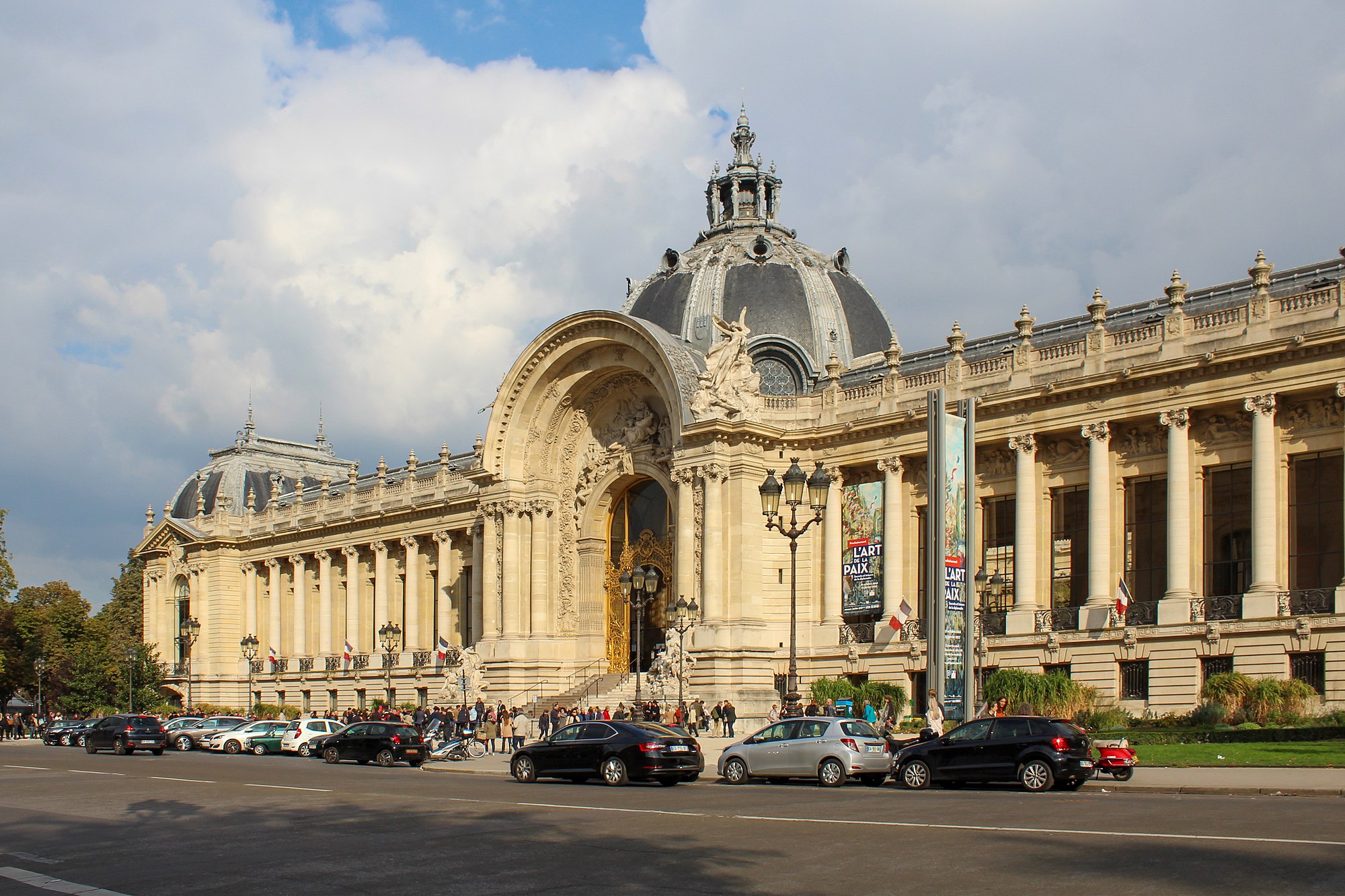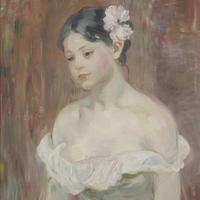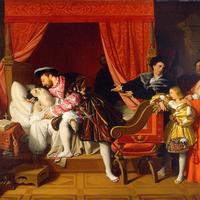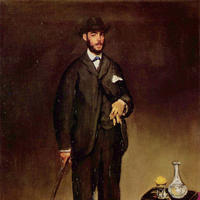More about Petit Palais
Works at Petit Palais
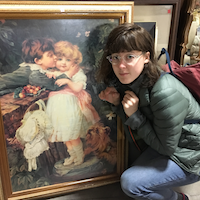
Contributor
Contrary to its name, Paris’ Petit Palais, or Small Palace, isn’t really that small.
Only when it’s compared to the significantly larger and no less generically named Grand Palais, or Large Palace, does it seem anything other than a stunning, expansive feat of architecture.
The Large Palace and Small Palace were both built for the World’s Fair held in Paris in the year 1900. A World’s Fair was basically a big fair that showcased the most powerful and prosperous nations, who would come together to boast about their many advancements. One of the most grandiose to date, the fair of 1900 highlighted the best artistic, scientific, technological, and cultural advancements of the past hundred years within large pavilions and elegant museums.
The city of Paris reeeally got up on its high horse for the occasion: they powered a whole building with electric light bulbs, painted the Eiffel Tower yellow, and even built two large museums (the Small and Large Palaces) to emphasize the “we’re the best” attitude of French capital city at this time (well, that attitude never really left). It wasn’t all fun and games, however. This was a time of heavy Imperialism, and these fairs were also a place for them to showcase objects (and people—sigh) stolen from colonized nations. Upsetting but true.
The Small Palace would house the collection of French art during the fair (you know, all those prestigious Monets, Delacroixs, and Courbets), so of course it needed to be the statement piece of the new century. They couldn’t just hire any ol’ person off the street to design the building. In true Parisian fashion, they held an elaborate competition to see who would receive this important commission. A few lucky individuals were given a task that would be any architect's dream: to envision a full revamp an old building (the Palais de Industrie), with complete creative freedom to keep, change, or demolish whichever parts of the building they wanted.
The lucky winner was a man by the name of Charles Girault, and the renovation was a career defining moment for him, as many other commissions came out of the woodwork after everyone saw his nice craftsmanship. His work even inspired the design of some other buildings, including the Fine Arts Museum of Santiago.
Oh, and in case you ever plan on visiting this museum, you’ll be happy to know that it’s totally free to enter. That’s right—stunning architecture and fancy French artwork on a budget. To top it all off, if you find yourself experiencing yourself dozing off, you can pop over to a small inner courtyard cafe to sip coffee next to a lush, green garden. Considered by many to be an oasis in the midst of a bustling city, the Small Palace gives both the Louvre and the Musee d’Orsay a run for their money, so that you don't have to spend a ton of yours.
Sources
- Iwarere, Susan. "Paris 1900: Petit Palais." Paris 1900: Petit Palais – A Treasury of World's Fair Art & Architecture. 2005. Accessed September 30, 2017. http://digital.lib.umd.edu/worldsfairs/essay?pid=umd%3A1001.
- Willsher, Kim. "Paris 1900 exhibition shows City of Light at its brightest." The Guardian. April 03, 2014. Accessed September 30, 2017. https://www.theguardian.com/artanddesign/2014/apr/03/paris-1900-exhibit….
- De Tholozany, Pauline. "The Expositions Universelles in Nineteenth Century Paris." Paris: Capital of the 19th Century. 2011. Accessed September 30, 2017. http://library.brown.edu/cds/paris/worldfairs.html.
- Ayers, Andrew. The Architecture of Paris: an architectural guide. Stuttgart: Axel Menges, 2004.
Featured Content
Here is what Wikipedia says about Petit Palais
The Petit Palais (
French: [pəti palɛ]; English: Small Palace) is an art museum in the 8th arrondissement of Paris, France.
Built for the 1900 Exposition Universelle ("universal exhibition"), it now houses the City of Paris Museum of Fine Arts (Musée des beaux-arts de la ville de Paris). The Petit Palais is located across from the Grand Palais on the former Avenue Nicolas II, today Avenue Winston-Churchill. The other façades of the building face the Seine and Avenue des Champs-Élysées.
The Petit Palais is one of fourteen museums of the City of Paris that have been incorporated since 1 January 2013 in the public corporation Paris Musées. It has been listed since 1975 as a monument historique by the Ministry of Culture.
Check out the full Wikipedia article about Petit Palais

